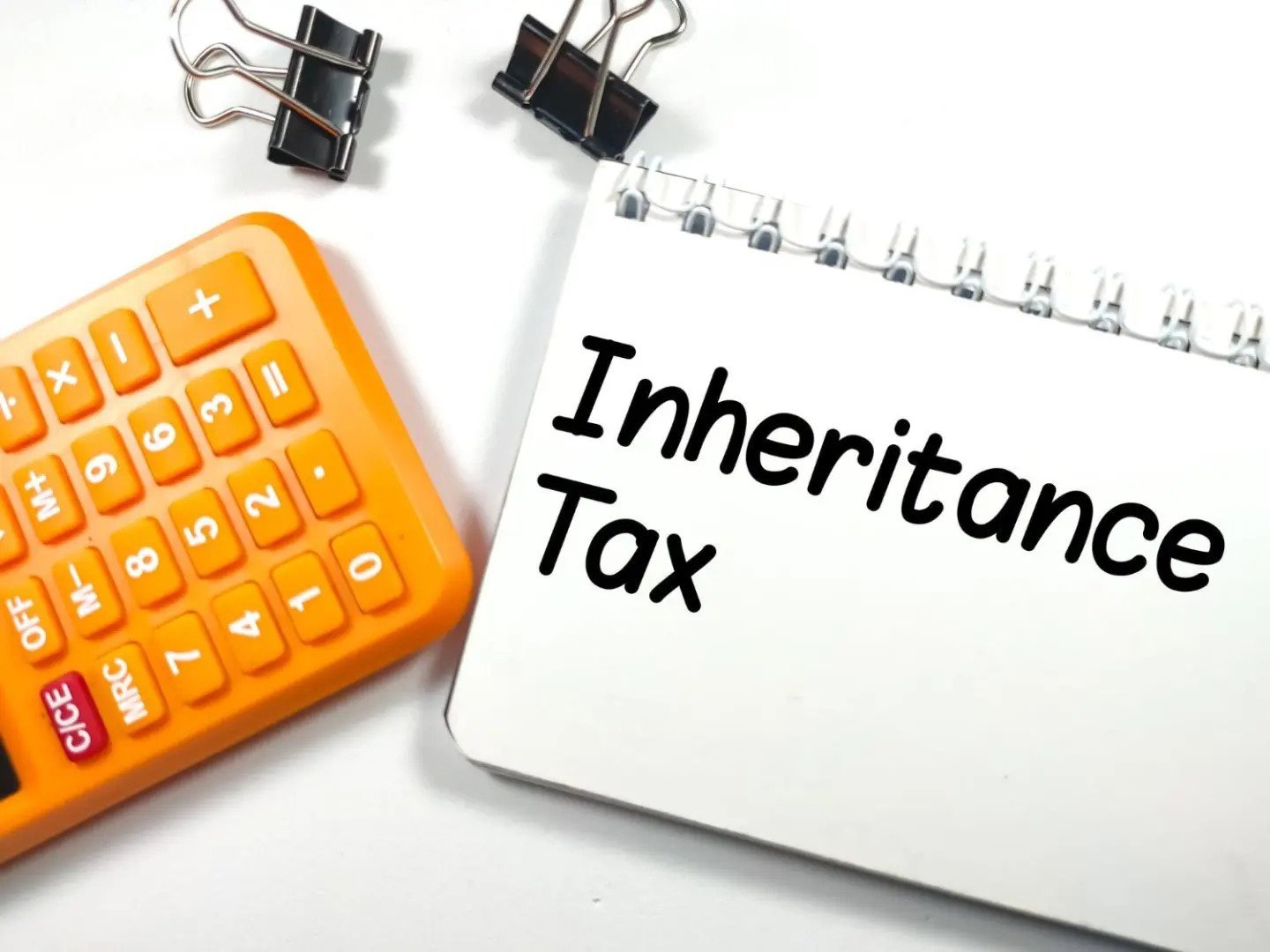You may wonder how to save your children from getting hit with huge inheritance tax (IHT) bills. You may also consider whether it’s better to make lifetime gifts or leave them in your estate.
We have you covered in this guide to compare both options and decide what is the best for you!
The 7-year rule that can save IHT
Plan to make lifetime gifts that are potentially exempt transfers (i.e., not to the trust) which will not lead to an immediate charge to inheritance tax.
In this case, the inheritance tax liability only arises if the donor passes away within 7 years of making the gift.
Tips: There is no inheritance tax liability if the donor survives more than seven years after the transfer of gift.
Availability of Taper Relief
If the donor does not survive more than seven years, you do not need to worry whether you must pay the entire 40% of the inheritance tax.
The taper relief will still be available to reduce the inheritance tax rate.
Taper Relief rates:

If the donor passes away after 4 years from the gift transfer, then only 24% of inheritance tax rate is applicable rather than 40%.
Take benefits of the exemptions available
01
Annual Exemption
An individual can gift up to £3,000 yearly per donor without any inheritance tax implications. It can be carried forward for one year.
Giving your child £3,000 worth of gifts/cash every year may be a great tax-saving tip in the long run.
02
Small gifts exemption
You can also give unlimited gifts up to the value of £250 per person per tax year, if you haven’t used another exemption on the same person.
This is an ‘all or nothing’ exemption. For example, if a parent makes a birthday gift of £350 to his child, the whole of the £350 is treated as a transfer of value, not just the excess above £250.
03
Wedding gifts exemptions
You can gift £5,000 to your child, £2,500 to your grandchild, and £1,000 to anyone as a wedding gift.
These are not ‘all or nothing’ exemptions, so only excess transfers above these limits are treated as transfers of value for IHT purposes.
04
Normal expenditure out of your income
You can make regular payments to help another person meet their living costs. There is no limit to that, but it should be reasonable and not affect your living standard. This gift should be out of your income and not from your capital.
These expenses may include paying rent for your child, paying into savings account for a child under 18, or giving financial support to an elderly relative.
Read!
Top 10 Tips for Avoiding Inheritance Tax in UK
Avoiding additional IHT on appreciation of the asset
If a donor gifts a house to his child for £200,000, it is a potentially exempt transfer (PET), and no immediate inheritance tax is charged.
Assuming the donor died within seven years of the gift, the PET becomes chargeable, and the donee is responsible for paying the inheritance tax. The house is worth £400,000 when the donor dies.
The donee is charged to IHT on the original PET of £200,000 rather than £400,000. The value of the asset freezes on the date of transfer PET for IHT purposes.
Giving away an asset likely to increase in value can remove the subsequent increase from the donor’s death estate. If the donor had retained the asset until the date of their death, the value at death – i.e. £400,000 – would have been charged to IHT.
Tips: Therefore, if a donor wishes to make lifetime gifts it is sensible to give away assets which are likely to increase in value.
Fall in Value Relief
We noted above how the asset’s value freezes on the date of transfer PET for IHT purposes. But what if the value falls between the gift date and the donor’s death? Does this mean you must pay IHT on the higher value at PET?
In such cases, the donee can claim a ‘Fall in Value Relief’. This reduces the amount charged to IHT on the donor’s death.
Fall in value relief = Asset’s value at the original gift date – Asset’s value at the date of death
Let’s understand this with an example:
Paul gifted a building to Ameena in January 2019. The building was worth £200,000 at the date of transfer, and after deducting annual exemptions, Paul made a PET of £194,000. Paul died in May 2023 and the value of the building went down to £175,000.Paul has tax to pay on a PET of £194,000. Paul can make a fall in value relief claim. The building has gone down in value by £25,000, so this is Paul’s fall in value claim.PET £194,000Less: Fall in value (200,000 − 175,000) £(25,000)Chargeable on death £169,000The amount chargeable to IHT on the death of Paul is £169,000. Ameena will pay IHT on this in the normal way.
Capital Gains Tax Implication for Donor
Capital Gains Tax (CGT) should always be considered while making lifetime gifts. Gifts of assets chargeable to CGT will lead to CGT implications on the donor’s part. This means that when the donor makes a lifetime gift, there is an immediate CGT consequence.
Hence, you should consider whether the gift of assets will qualify for gift relief which can save you from paying immediate Capital Gains tax.
Deduction of Liabilities and Debts
Liabilities and debts are deductible from the value of assets in the estate for IHT purposes if they represent amounts owed by the deceased at the date of death. The debt must be legally enforceable to get a deduction.
However, this is not available in the case of lifetime transfers. Even if the liabilities and debts are related to the asset transferred, they will not be deductible from lifetime gifts.
Summary
The points mentioned above have been summarised in the table to show the comparison between the two options.




